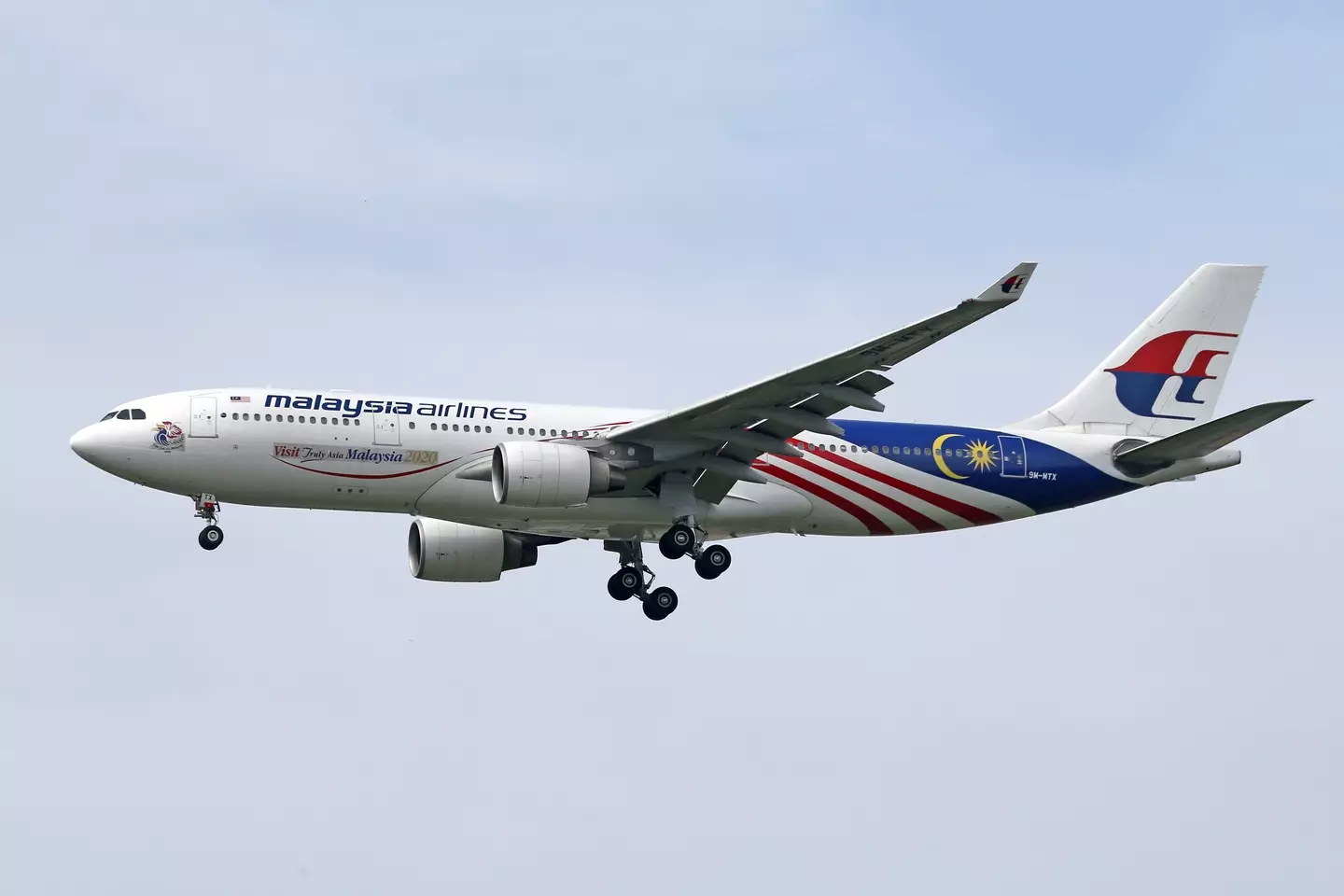According to aviation experts, research and 'new evidence' may have uncovered the final resting place of flight MH370, which has been missing since 2014.
The Malaysia Airlines airplane and its passengers and crew have never been found and, wild speculation aside, nobody knows what happened on 8 March, 2014.
The plane disappeared 38 minutes after taking off from Kuala Lumpur airport en route to Beijing after Captain Zahrie Shah responded to a Malaysian air traffic controller at 5:20pm, saying: “...contact Ho Chi Minh (...) good night.”
Advert
The plane lights then went off as it diverted west from the intended northbound flight path over the South China Sea.
It's believe to have run out of fuel around 7.5 hours later before crashing into the ocean with all 227 passengers and 12 crew.

Richard Godfrey, Dr Hannes Coetzee, and Professor Simon Maskell hope to change that as they've come forward with new research released on Wednesday (31 August) in a 299-page report.
They claim their 'ground-breaking' amateur radio technology, or weak signal propagation reporter (WSPR) has led them to believe the wreckage of the doomed plane should be searched for 1560km west of Perth, Australia.
Advert
The researchers explained that when a plane flies through WSPR it disturbs the signal and that information is stored in an international database that they were able to access.
They found 125 of these blips in the amateur radio technology that enabled them to track the flight path of MH370 for six hours after it fell off the radar and stopped radio contact (at around 6pm).
This new information, when combined with satellite data from Boeing and Inmarsat and drift analysis data, leads the team to believe they've triangulated the crash site.
“This technology has been developed over the past three years and the results represent credible new evidence," their report reads.
It continued: “Around 10 million commercial passengers fly every day and the safety of the airline industry relies on finding the cause of this and every other aircraft accident.”
Advert
And their guesses support existing evidence: “It aligns with analyses by Boeing (...) and drift analyses by University of Western Australia of debris recovered around the Indian Ocean.”

The research claims: “Together with [the data], a comprehensive picture of the final hours of flight MH370 can be collated.
“Flight MH370 was diverted into the Indian Ocean where it crashed of fuel exhaustion…at some point after the last signal after midnight.”
Geoffrey Thomas, editor of Airline Ratings spoke to Australian radio station 6PR and explained that if the craft is found it probably will never be recovered: “I believe, from past cases, they'll leave it where it is. It would be very difficult to get it off the ocean.”
Advert
The first piece of debris from flight MH370 was the wing's flaperon, which washed up on a beach on the island of Réunion off the east coast of Madagascar, 16 months after the plane went missing.
Thomas also told the Today show that relatives of the victims supported the report, despite pushback, and were looking to present it to the Malaysian government.
"There has been some criticism, but this report has been peer-reviewed," he explained.
"A scientist from the University of Liverpool and the ocean company who did the search in 2018 will use it as a basis for a new search.
"There is a very high level of confidence. It has been four years in the making, being reviewed over and over again.
Advert
"They are certain that they have located where this aircraft is."
Topics: Travel, Weird, World News, Technology
